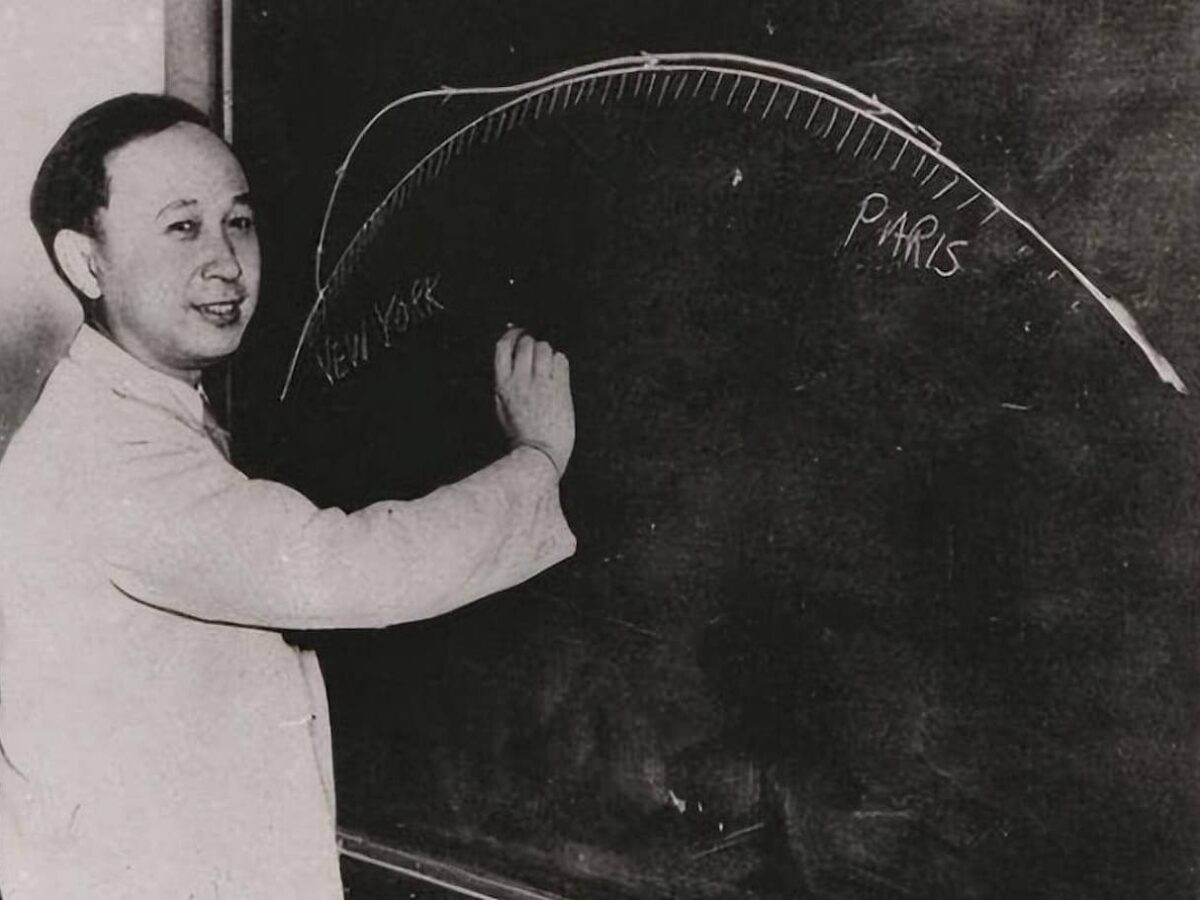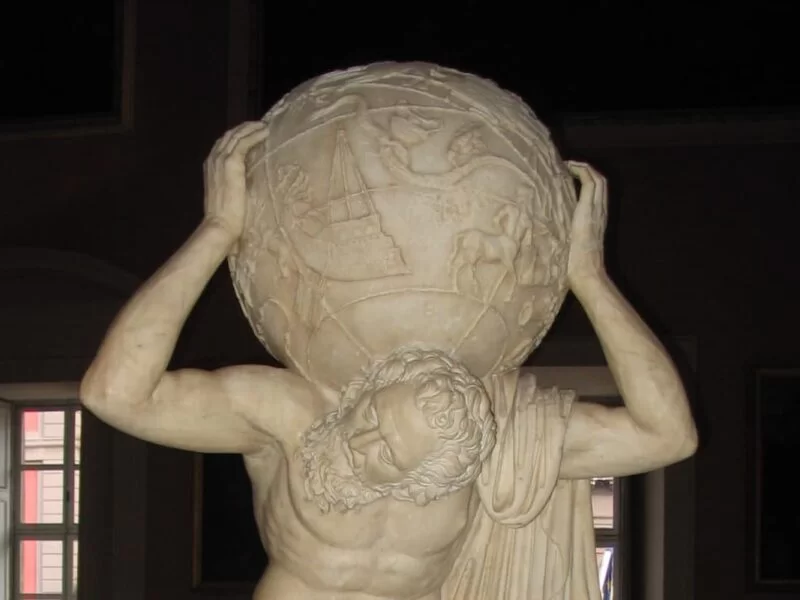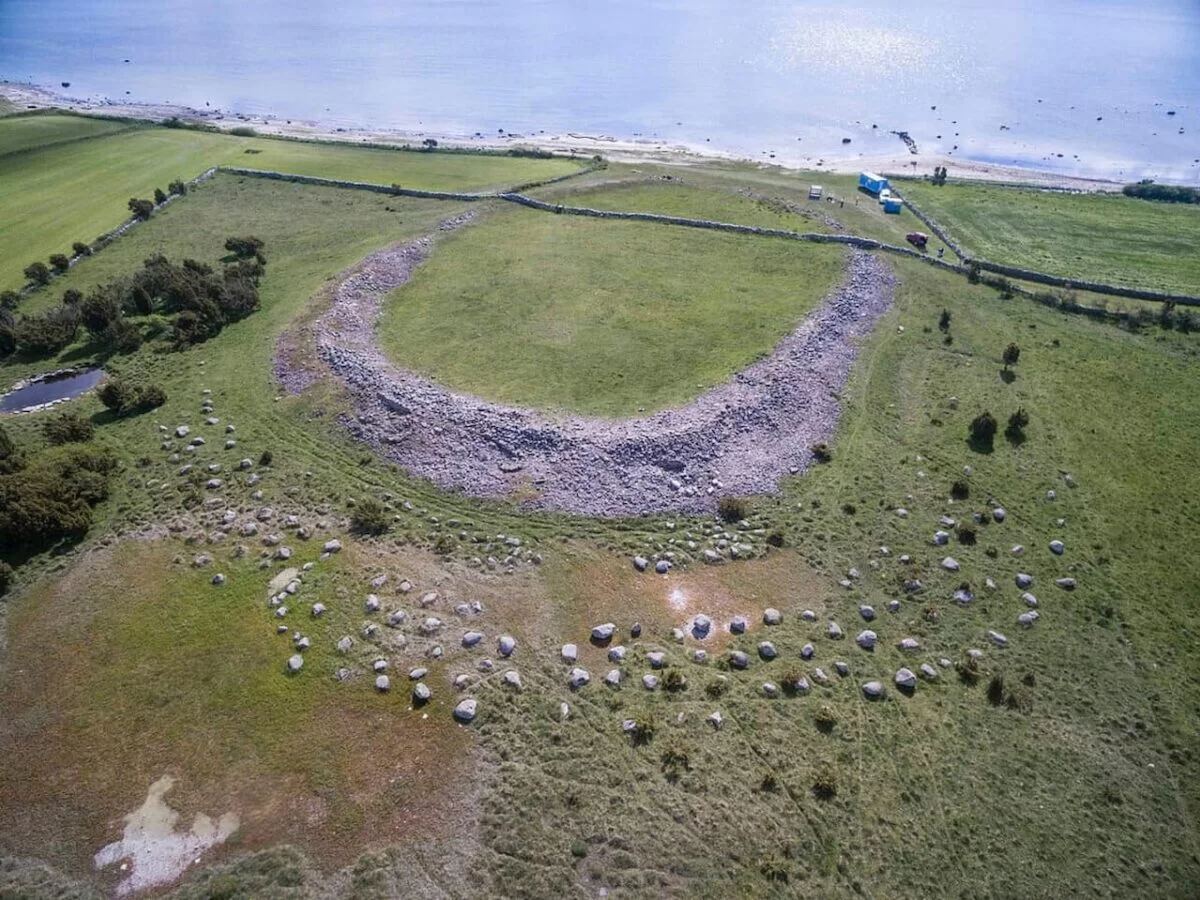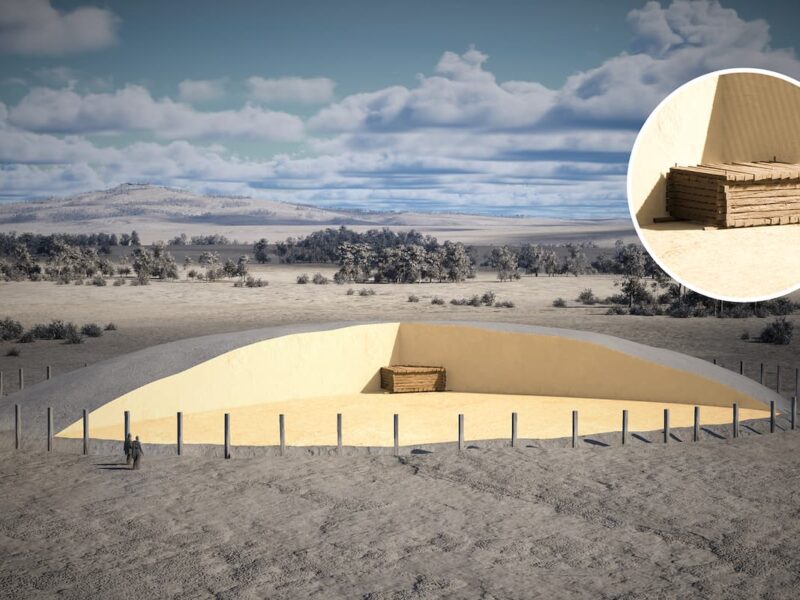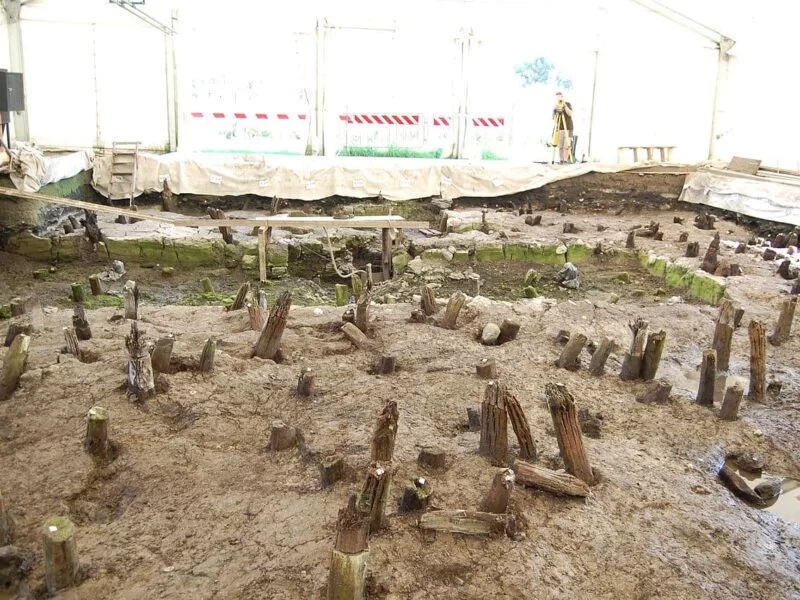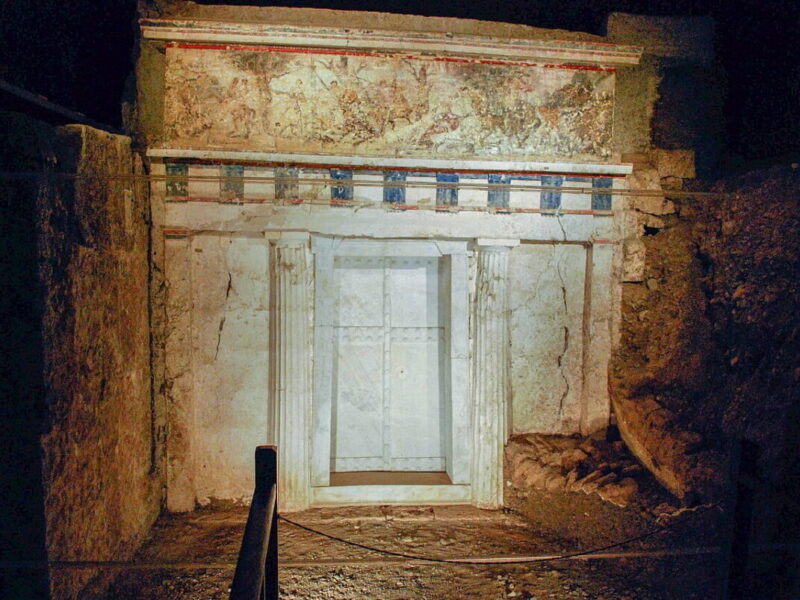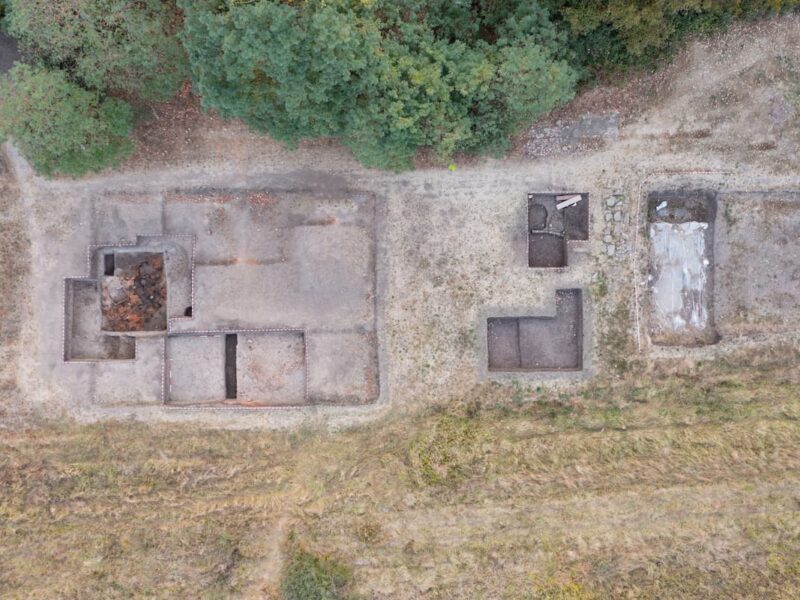Pliny the Elder recounts that Emperor Nero would consume a drink made with powdered pig or goat manure and vinegar when undergoing training as a charioteer for competitions.
For nerve pains, goat manure boiled in vinegar with honey is considered very useful, even if the nerve is decaying. Spasms and injuries caused by blows are cured with wild boar manure collected and dried in spring. This is also used for those who drive chariots, those who have been dragged or injured by a wheel, and anyone with a bruise with blood loss, even if applied fresh. Some find it more useful to boil it in vinegar. Even as a drink, they promise that pig manure flour mixed with vinegar is healthy for those with convulsions and spasms. The most respectful drink its ashes in water, and it is said that Emperor Nero used to revive himself with this drink when he still wanted to prove himself as a charioteer. It is believed that pig manure has the power closest to that of a wild boar.
Pliny the Elder, Natural History XXVIII.72
This training took place in an area called the Trigarium. It was an equestrian training ground located in the northwest corner of the Campus Martius, south of the bend of the Tiber River near the present-day Via Giulia.

It may have been part of a larger field reserved as public space for horse grazing and military exercises for the youth, which was the original purpose of the Campus Martius. The earliest reference to the Trigarium dates back to two inscriptions from the time of Claudius, and the latest to the second half of the 4th century.
To preserve its flexibility of purpose, the Trigarium had no permanent structures; it was used for chariot training and all kinds of equestrian exercises. The headquarters of professional charioteer factions were established nearby, with the Trigarium just northwest of the stables and the headquarters of the Green and Blue teams.
In an adjacent area that people used for popular games and fights, temporary wooden stadiums were erected by Julius Caesar and Augustus, and eventually, Domitian’s permanent Stadium.

Over time, the Trigarium became a generic term for referring to an equestrian training ground, as evidenced by inscriptions. For example, a charioteer in Roman Africa who died during a race was buried in the nearby trigarium. Pliny uses the word to refer to equestrian exercise in general when he states that Italian horses were superior for trigarium exercises.
The name Trigarium derives from triga, a type of chariot pulled by three horses (the more common ones being the quadriga and biga, chariots pulled by four and two horses). In ancient Greece, three-horse chariots could be used for war, but they are not known to have been used in races.
In Etruscan races, the third horse served as an unyoked guide horse inside the turn. Romans rarely competed with a three-horse chariot, although Dionysius of Halicarnassus mentions seeing triga races in the time of Augustus, and they are also recorded in inscriptions from later periods.

The driver of a triga was called a trigarius. Since a three-horse hitch was uncommon, trigarius could also mean a participant in trigarium equestrian exercises, or the tamer of the horses.
Isidore of Seville wrote about the sacred origin of chariot races as part of public games (ludi), which were held in conjunction with certain religious festivals. The quadriga of four horses, says Isidore, represents the sun, and the biga of two horses represents the moon; the triga is for the underworld gods, with the three horses representing the three ages of humans: infancy, youth, and old age.
Although its main use was as a training ground, it is believed that the Trigarium was also the site of two-horse chariot races that preceded the October Horse ritual, which took place in the Campus Martius in honor of the god of the same name on October 15th.

The lead horse (the one on the right) of the winning team was sacrificed ad Nixas, a landmark just east of the Trigarium that was possibly an altar to the birth deities.
The Equirria races on February 27th and March 14th, also in honor of Mars, may have been held in the Trigarium, as well as events for the Tarentine ludi, which became the Secular Games. However, some historians believe that the area was only a practice field for these events.
Pliny’s passage about the drink used by Nero suggests that the emperor regularly practiced equestrian exercises in the Trigarium in preparation for driving a horse-drawn chariot in competitions and religious ceremonies. The drink would be an early form of sports supplement, intended to enhance performance and endurance.
Even an emperor needed training and motivation to drive a three-horse chariot at full speed.
This article was first published on our Spanish Edition on October 25, 2023. Puedes leer la versión en español en Trigarium, el lugar donde Nerón se entrenaba para las carreras de caballos y bebía estiércol con vinagre
Sources
Plinio el Viejo, Historia Natural | Robert E. A. Palmer, Studies of the Northern Campus Martius in Ancient Rome | Guido Petruccioli, Trigarium | John H. Humphrey, Roman Circuses: Arenas for Chariot Racing | Wikipedia
Discover more from LBV Magazine English Edition
Subscribe to get the latest posts sent to your email.









